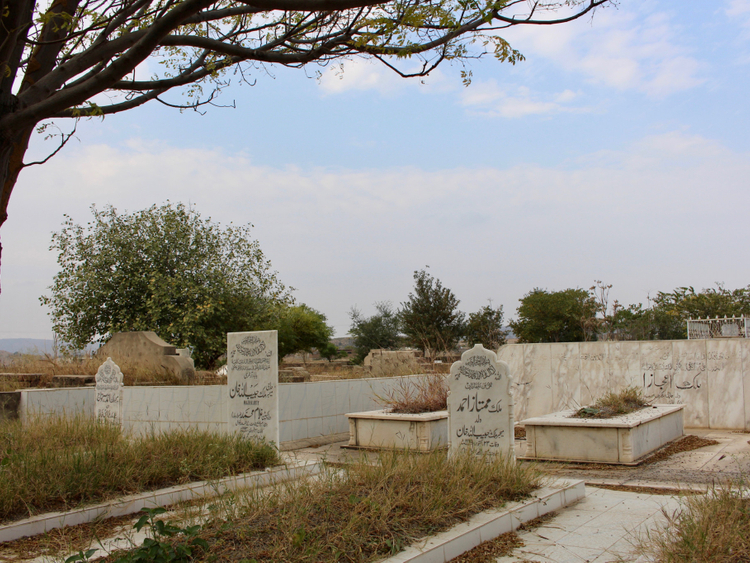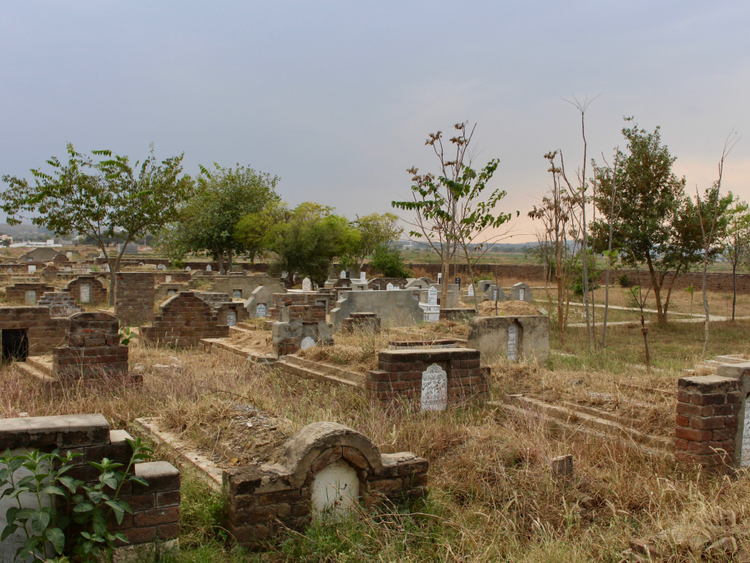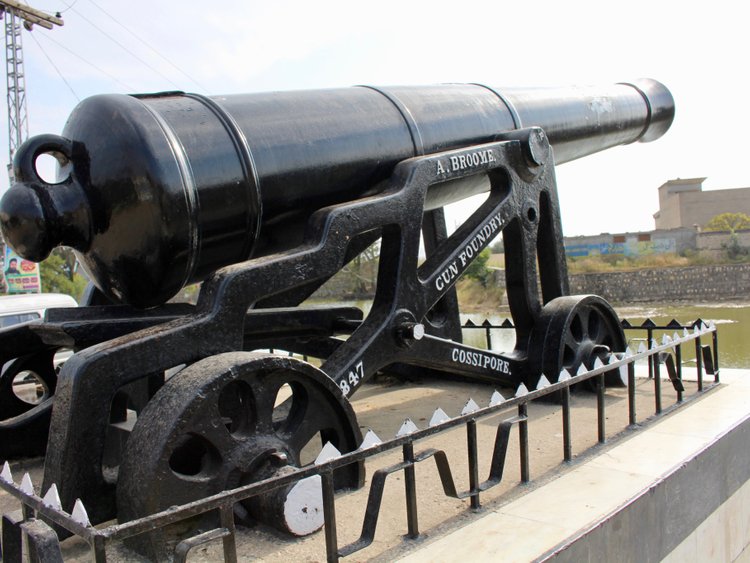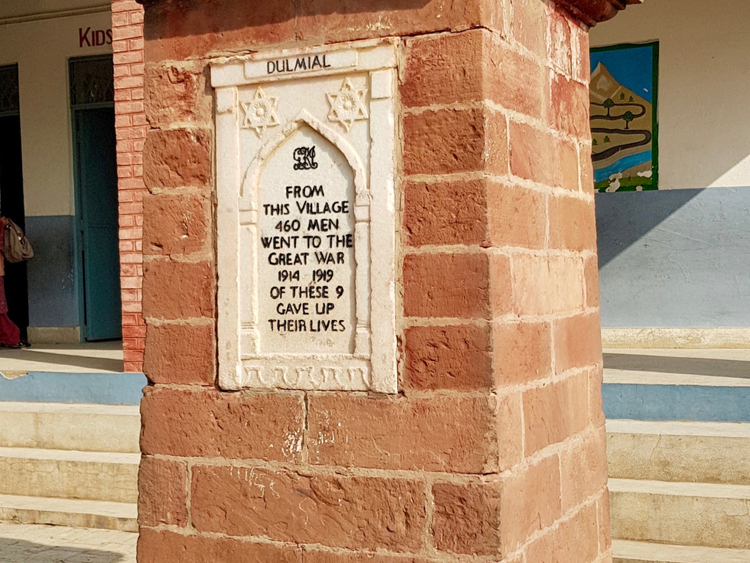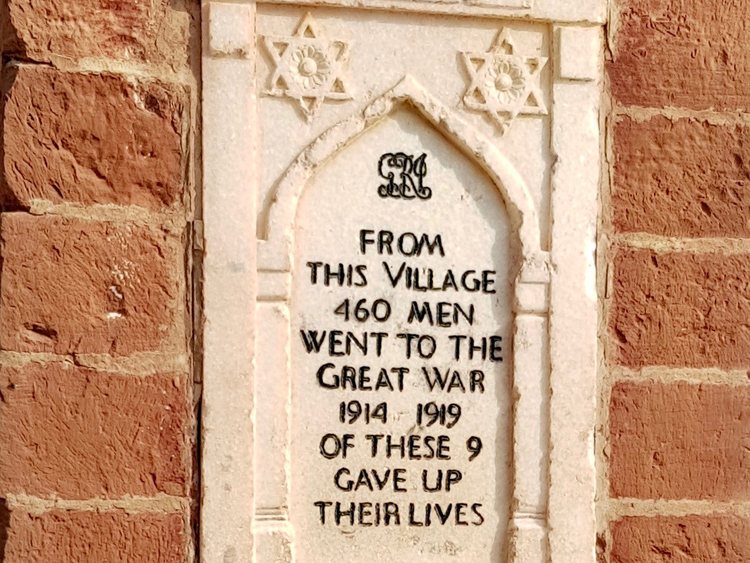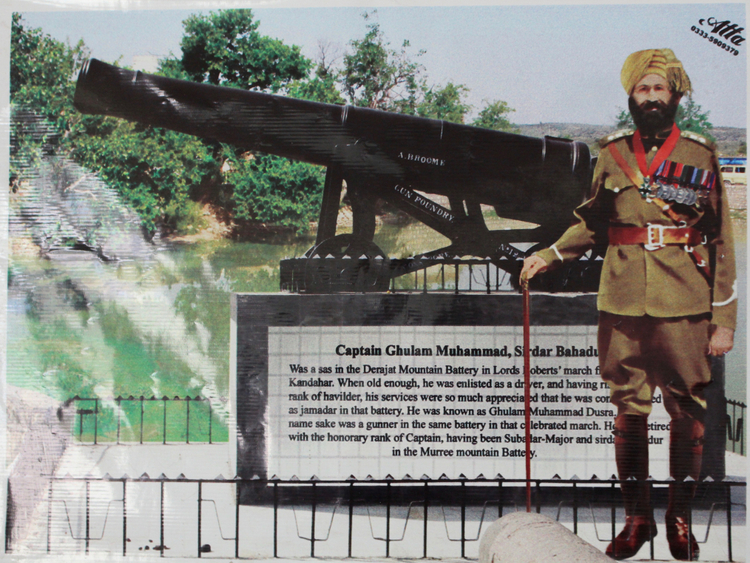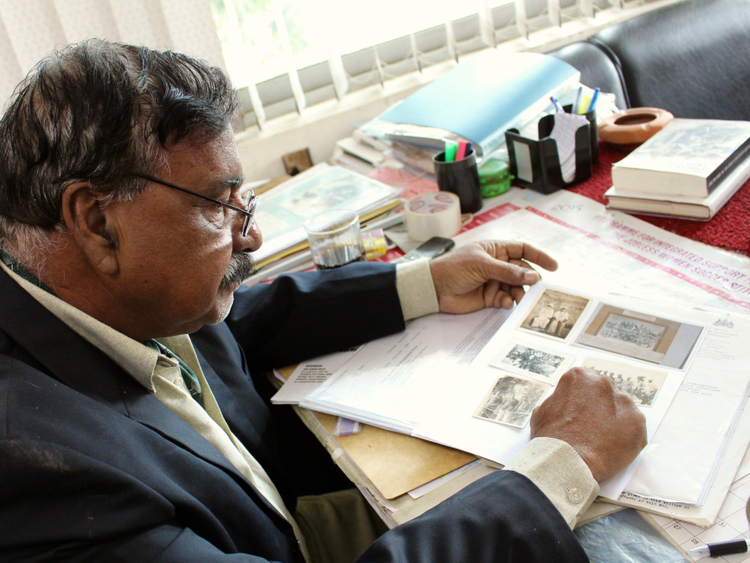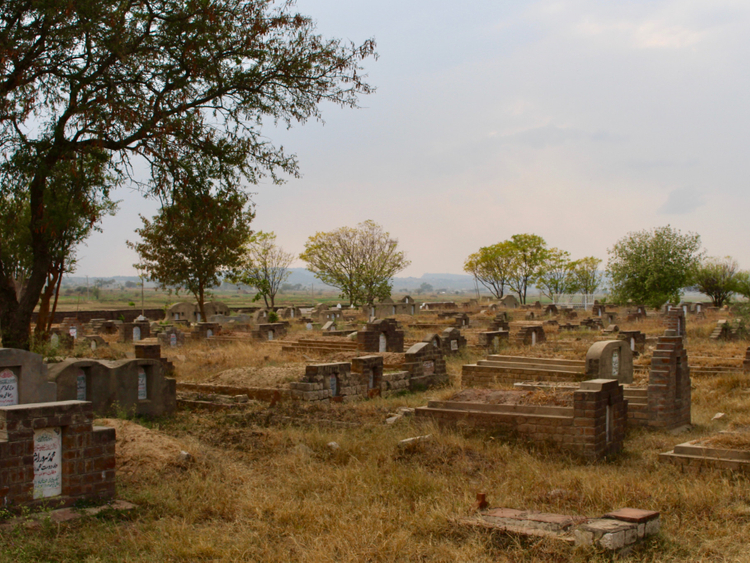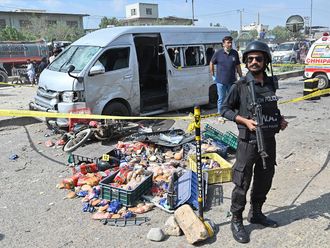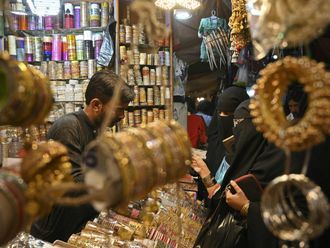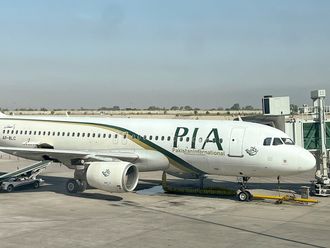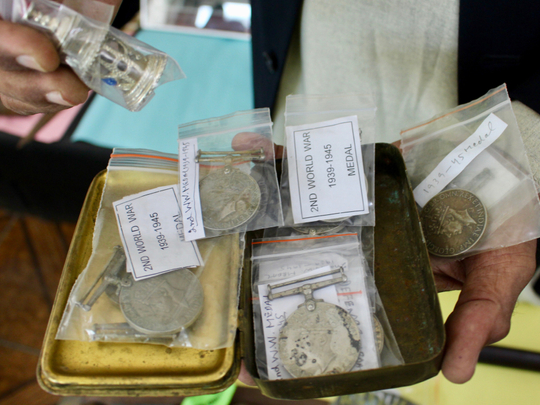
As the world recently marked a 100 years since the end of World War I (WWI), hundreds of forgotten soldiers who fought valiantly in the first and second world wars now sleep peacefully in the graveyard of a quiet village in Pakistan.
This village, called Dulmial, is located about 40km from Chakwal city, nestled in the stony hills of Punjab’s salt ranges, 150 km from Islamabad.
“This is the final resting place of Captain Ghulam Mohammad Malik, the pride of Dulmial,” says historian Riaz Ahmed Malik, pointing towards a well-preserved tombstone that reads: “Haji Capt. Ghulam Mohammad Malik died in January 1947.”
Great men
Offering prayers for the departed in the centuries-old graveyard dotted with trees, Riaz explained to Gulf News, “This is where the great men of Dulmial have been laid to rest.”
The 69-year-old president of Dulmial’s history society is one of the 15,000 proud residents of Dulmial, known as the ‘village with the gun’.
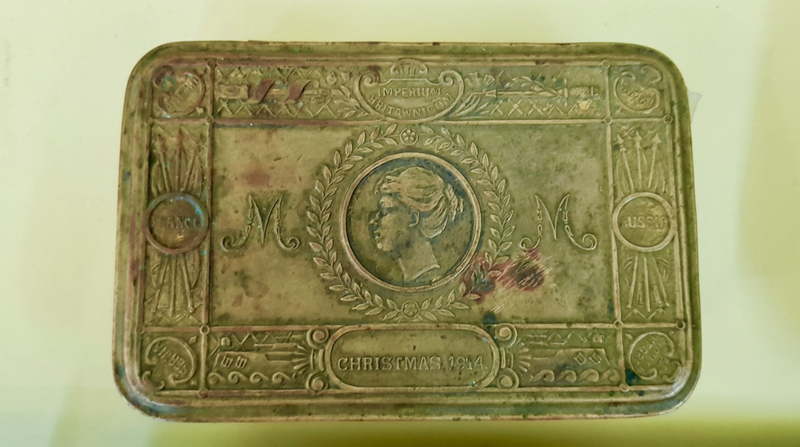
The story of Dulmial’s contribution was brought into the limelight Dr. Irfan Malik, the great-grandson of Ghulam Mohammad and cousin of Riaz, who now lives in Nottingham (UK).
Dr Malik, the great grandson of Capt Ghulam Mohammad Malik, was just five years old when he left his native Nottingham to visit his ancestral village of Dulmial. One particular detail that registered in his young mind was a British cannon, mounted on a marble plinth “in recognition of services rendered by all ranks from this village” during the First World War.
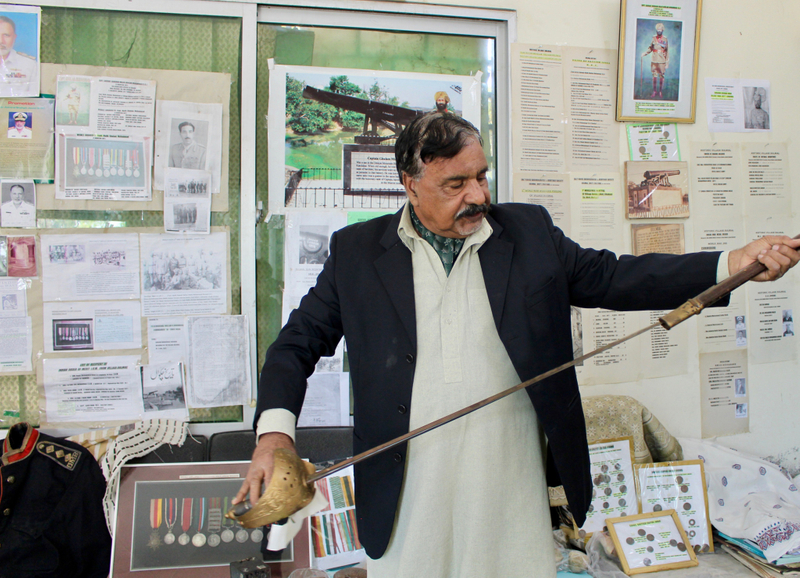
It was only many years later that Dr Malik, a GP, decided to investigate the extent of Dulmial’s contribution to the Great War, following a chance conversation with a patient who was researching Commonwealth troops.

In the four years since, working with historians in England and Pakistan, Dr Malik has discovered the village sent a staggering 460 soldiers — including his two great-grandfathers — to fight.
The warriors of Dulmial were dispatched all over the world: from the Western Front to Tehran to Basra in present-day Iraq.
Eight of them never came home; those that did, returned with their chests glittering with medals.
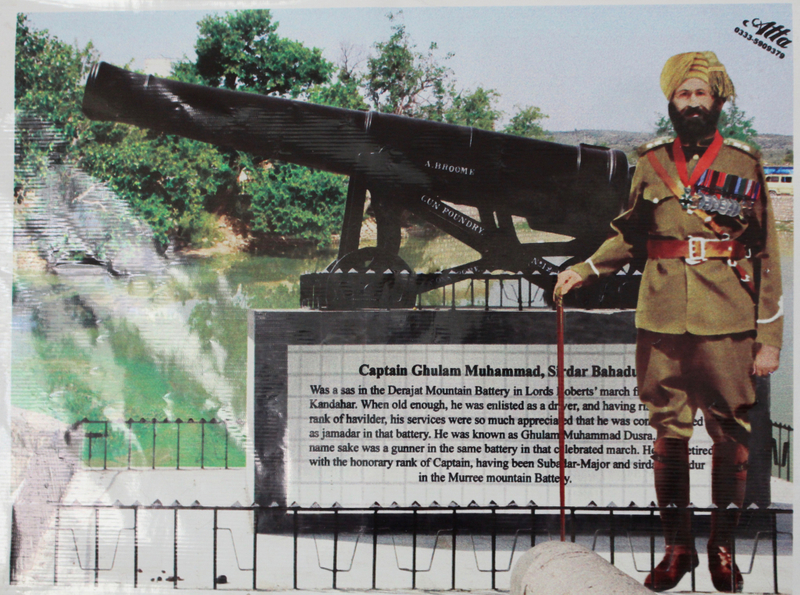
“This was a massive contribution and almost every male in the village who was able to, joined the army,” Dr Malik, 49, says. “They wouldn’t have understood where or why they were going but they would have been loyal to their rulers.”
“I wanted to highlight our strong shared history and inform the world of the contributions of Dulmial,” Dr. Irfan told Gulf News.
According to documents unearthed by Dr Malik, British recruiters first arrived in Dulmial in 1914 offering pounds 30 - the equivalent of three years’ net pay - to would-be soldiers.
A Belgian missionary school nearby ensured many in the village could already read and write in English, while they were also subjected to a physical inspection.
Hard hands and a stern visage were deemed of vital importance - the men of Dulmial had both. “My parents always just told me they were tough men,” he recalls. “Walking up to 60 miles in one go for them was no problem.”
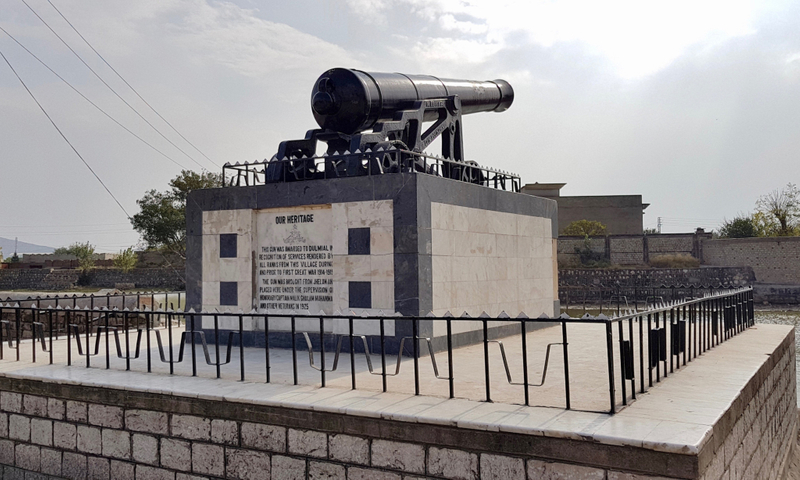
The village has a long, proud military history dating back several centuries. By the time of the outbreak of the First World War, there were 21 pensioned Indian officers and 90 current serving sergeants.
Among the recruits was Subedar Mohammed Khan, Dr Malik’s paternal great-grandfather, a celebrated soldier who had been awarded medals fighting for the 33rd Punjab Regiment on the frontiers of British India. His other great-grandfather was Captain Ghulam Mohammed Malik.
The village that sent 460 men to WWI
What surprised the British Army was that “this village sent 460 soldiers out of a population of only 879 males in the year 1921, making the largest single participation in WWI from any village in Asia,” said historian Riaz, adding that “nine of these soldiers lost their lives while 18 were wounded.”
This contribution of the village has been recorded in the book ‘Wisdom and Waste in the Punjab Village’ by Malcolm Lyall Darling. A monument inside a primary school building also lauds the efforts of those 460 soldiers, reminding students every day of their glorious past.
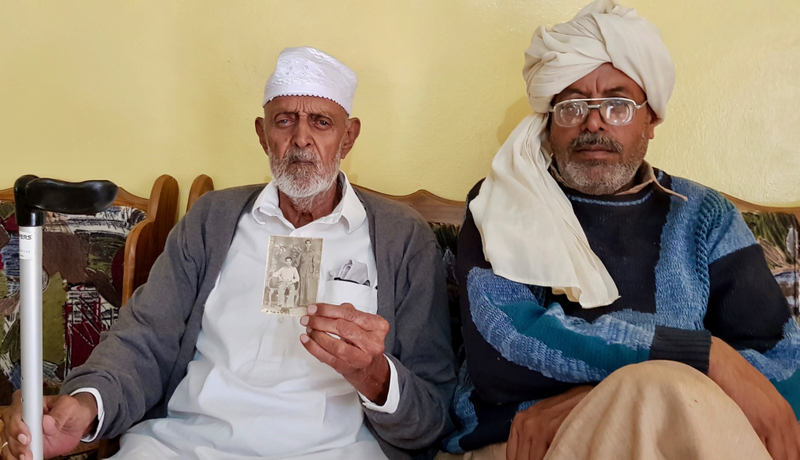
World War II
In WWII also, the village sent 732 soldiers to fight for the British government, of which 36 laid down their lives. Riaz, whose father Subedar Muhammad Khan also participated in both the World Wars, says the military traditions of the village are “a great honour and privilege” for its residents.
After the partition of subcontinent, Dulmial has given five Lt Generals (both Army and Navy) and 23 brigadiers to the Pakistan Army, along with many other junior officers. “There is hardly any house in the village that did not produce an army officer,” claims the historian.
The reason behind the martial traditions of this village, he says, owes itself to early education in the area. “Dulmial got its first primary school in 1857 and a missionary high school in 1900.”
The 200-year-old Scottish cannon that sits at the entrance of the village symbolises the service and sacrifice of its men during WWI. Dulmial’s last living World War II veteran.
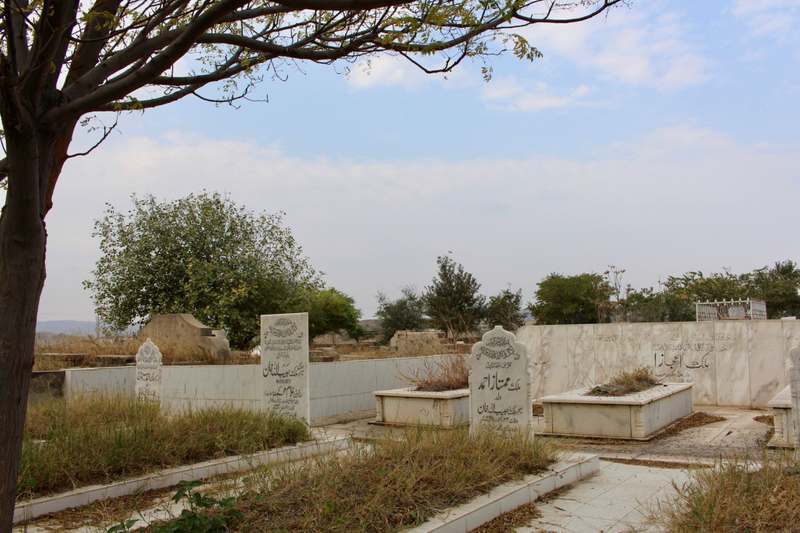
Two minutes drive away from the great cannon in a narrow street is the small but tidy house of the Dulmial’s last living World War II veteran.
Rasheed Ahmed, 98, holding a walking stick and wearing a crisp white shalwar kameez offest by a gray blazer and white topi (cap), is one of the men who fought in Burma (Myanmar) in WWII.
I was recruited in the British army when I was 21 and served from 1939 to 1942 in the 1st Burma Regiment and later in the police force for 30 years.
“I was recruited in the British army when I was 21 and served from 1939 to 1942 in the 1st Burma Regiment and later in the police force for 30 years,” he told Gulf News, showing a black-and-white photograph of his younger days.
Recalling the last days of his army service, the veteran said, “Our whole regiment was surrounded by the Japanese and 70 were captured. I was one of the few lucky ones who escaped.”
Ahmed and his unit had to built a boat to cross from the island as enemies had destroyed the bridge. He now lives with his son Zaahid Ahmed, 56, and his deeply treasured memories.
Artefacts and treasures of Dulmial
Besides the heroic tales, the grand cannon, and the last living veteran, Dulmial has a one-room museum housed in the office of Riaz Malik where he has since 1970 conserved souvenirs signifying village’s proud heritage.
The museum includes memorials of first and second world wars including notable photographs and letters, ceremonial sword, medals and coins, 1905 telescope, WWII Kodak camera, transistor old shoes made of wood and a 1914 Christmas gift box.
Prized possession
• Dulmial village sent 460 men to fight alongside the British Army in WWI, of which nine were killed.
• The most decorated soldier in the village was Capt. Ghulam Mohammad Malik.
• The British gifted a 12-pounder cannon that was made in 1816 in Scotland.
• Khudadad Khan born in the Dub village of Chakwal was the first Muslim soldier and South Asian to receive the UK’s highest military award, Victoria Cross, for courage in the First Battle of Ypres in WWI.
History of the Scottish Cannon in Dulmial
Following the declaration of peace in 1918, the men of the Punjab Regiment returned home to their farms and families. But such was the contribution of Dulmial that the British authorities approached Captain Ghulam Mohammed Malik, its most decorated soldier, to ask how he would like the village to be honoured.
Malik, a career soldier who, prior to the First World War, participated in the famous 300-mile march from Kabul to Kandahar led by General Roberts in 1880, eschewed the British offers of land, money and water facilities and instead chose the cannon.
In 1925, the 1.7 ton British naval cannon was presented as a gesture of thanks by Field Marshal William Birdwood.
The names and numbers on the 1.7 ton-cannon indicate it was made at Carron ironworks, in Falkirk, Scotland, in 1816. The stand was built in Cossipore Gun Foundry, India, under the leadership of Captain A. Broome, in 1847.
The gun was first collected in Jhelum, from where it was carried by train to Chakwal. It was then dismounted and loaded in a cart pulled by oxen, which took nearly three weeks on rutted roads to finally reach Dulmial where it was placed at the centre of the village in 1925.
“This cannon mounted here is our pride, a reminder of the contribution of Dulmial in the First World War,” historian Riaz said.
“Had the Captain not asked for this cannon, the proud history of the village may already have been forgotten,” Riaz said.
It is an honour for the village, he added, that Field Marshal Birdwood, the Royal Indian Army Chief, the Viceroy of India Lord Wellington, Malcolm Hailey theGovernor of the Punjab 1924-1928 and later on many senior Pakistan Army officers have visited and saluted this gun.
(With inputs from The Daily Telegraph)


